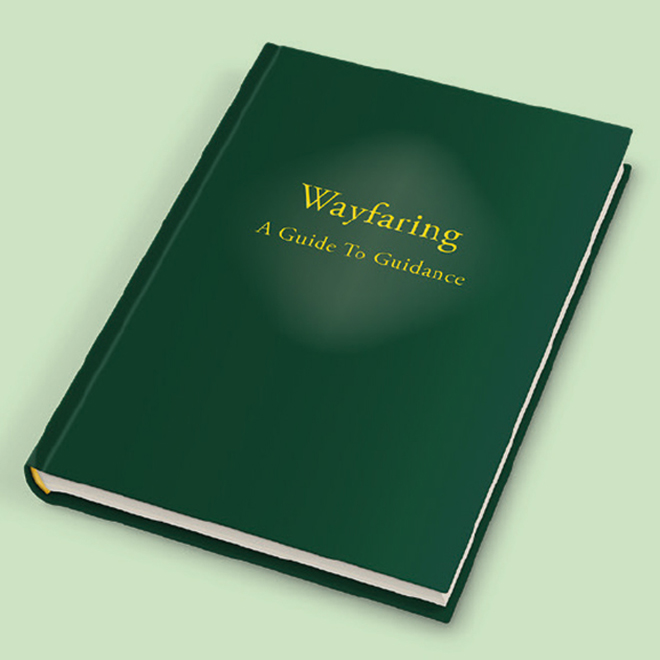‘Delia… comes across Sampson’s Meeting for Worship, held in an old barn’ Photo: Jon Evans / flickr CC.
Sampson Rideout, Quaker
Kate Macdonald considers the life and work of Una L Silberrad
Una L Silberrad (1872-1955) is almost forgotten today, though she was a prolific novelist from the Edwardian period to the second world war. She was notable among her peers for being unafraid to experiment by mixing genres and styles. She wrote novels about modern women, science and business, but a more unusual interest was writing about Quakers.
In her novels set in the later seventeenth century she called them Dissenters or Seekers as well as Quakers, preferring to use the historically correct terms. Her historical plots tended to follow similar patterns: of a decent and honest man (sometimes with a hidden past) who finds himself tangled up with the swashbuckling affairs of a lady of slightly tarnished reputation (who is sometimes the protagonist), aided by the good sense of a dogged and justice-seeking Dissenter.
